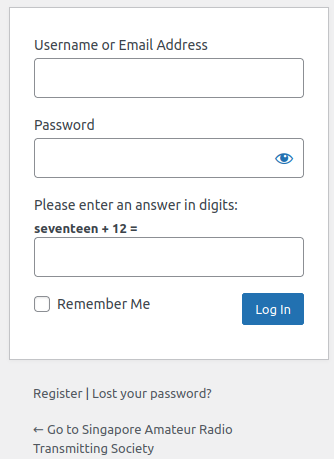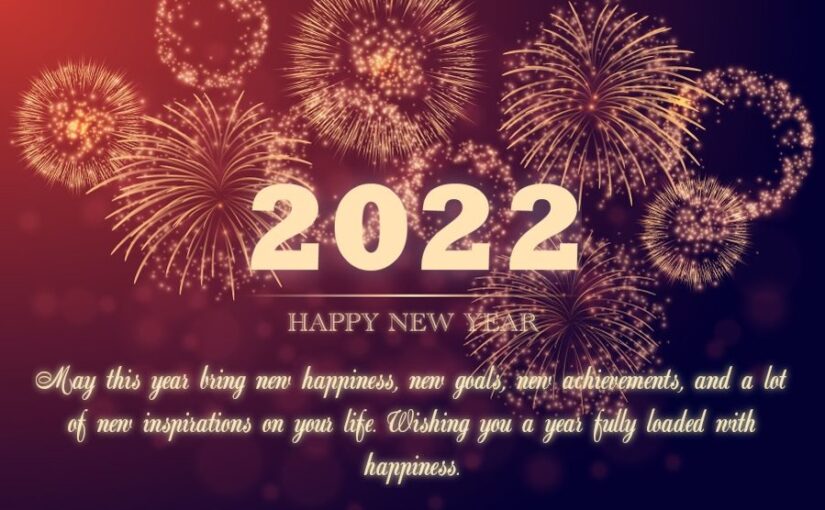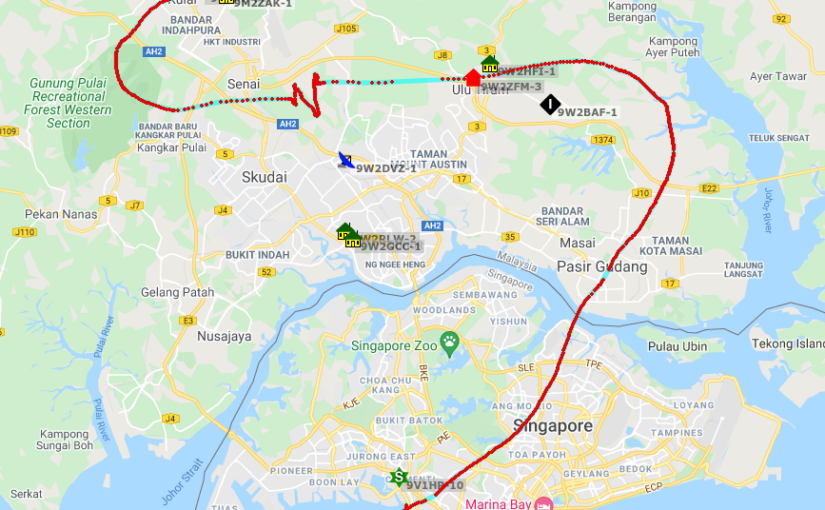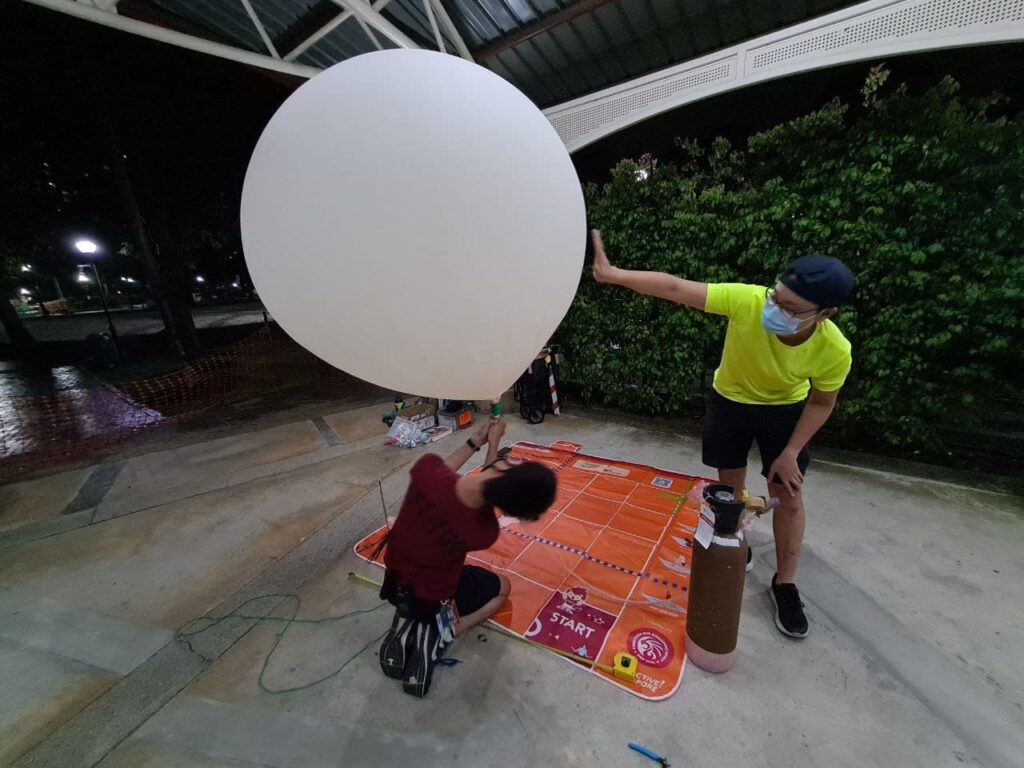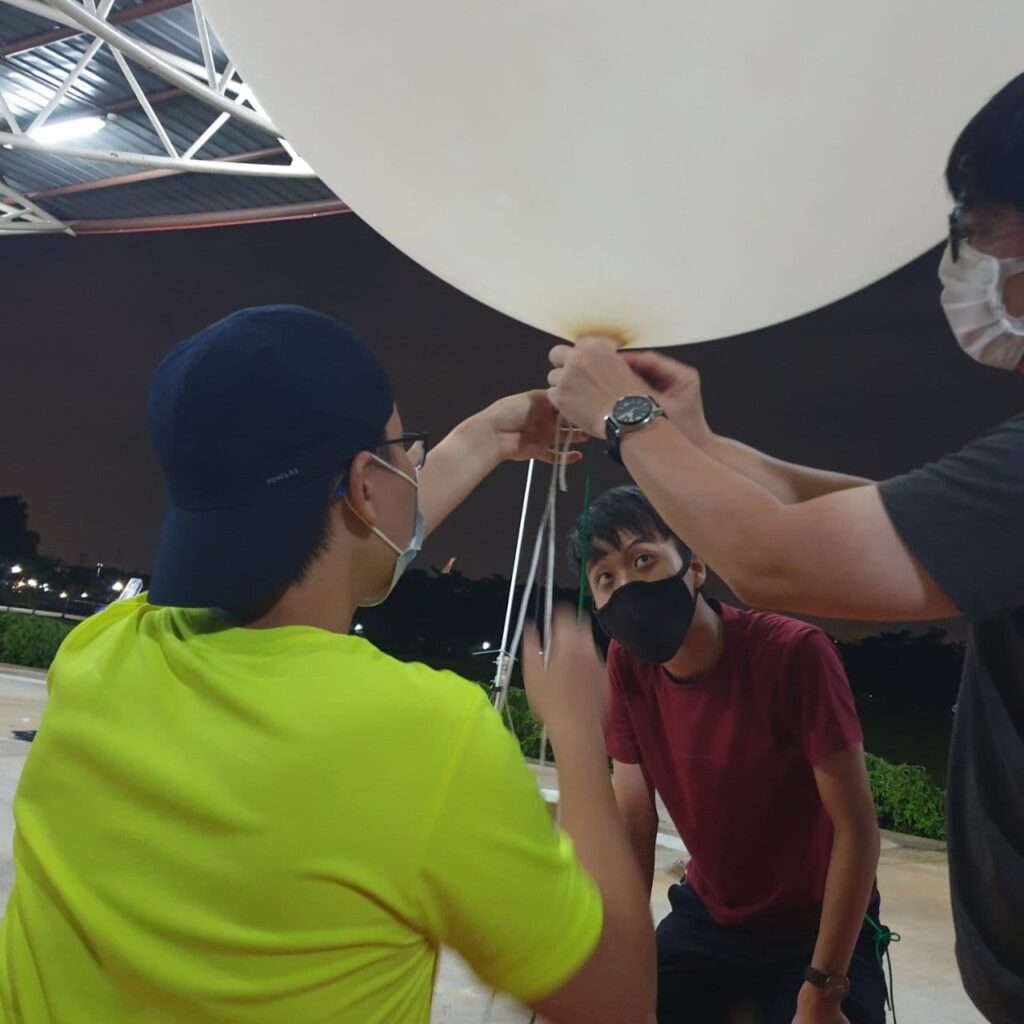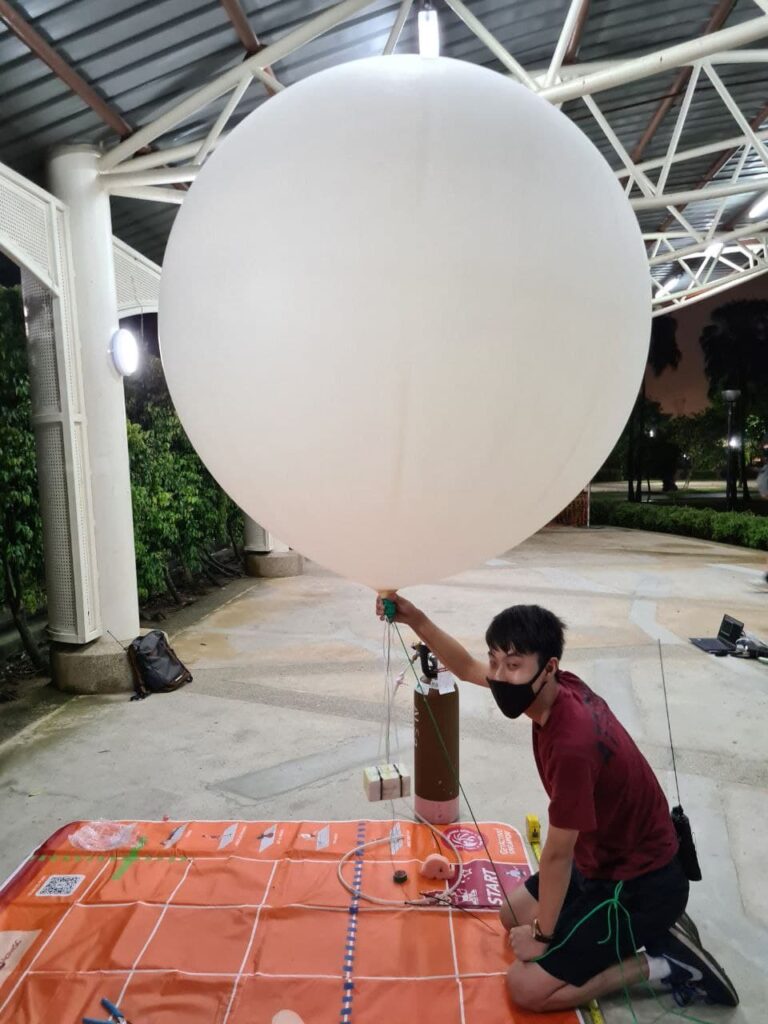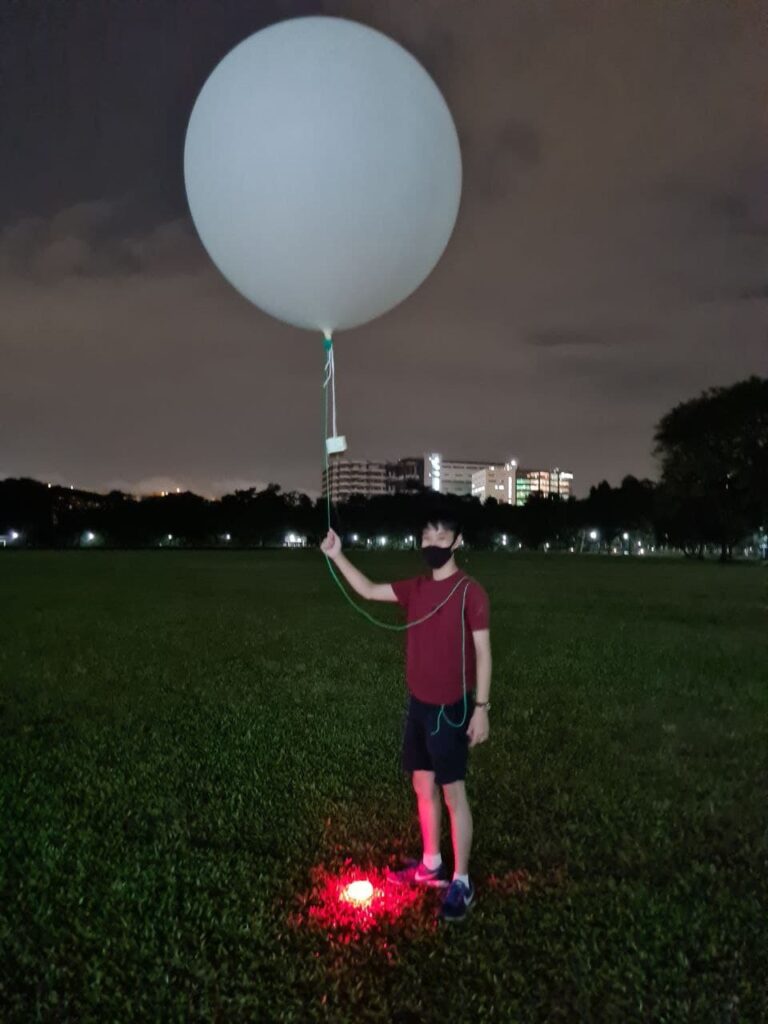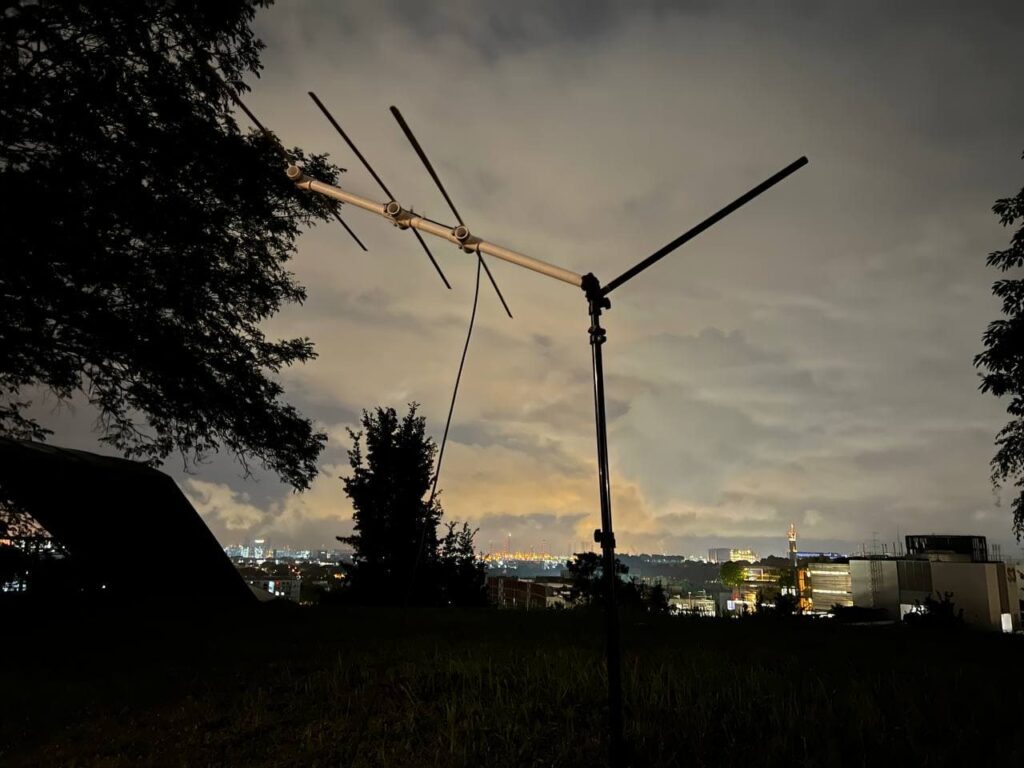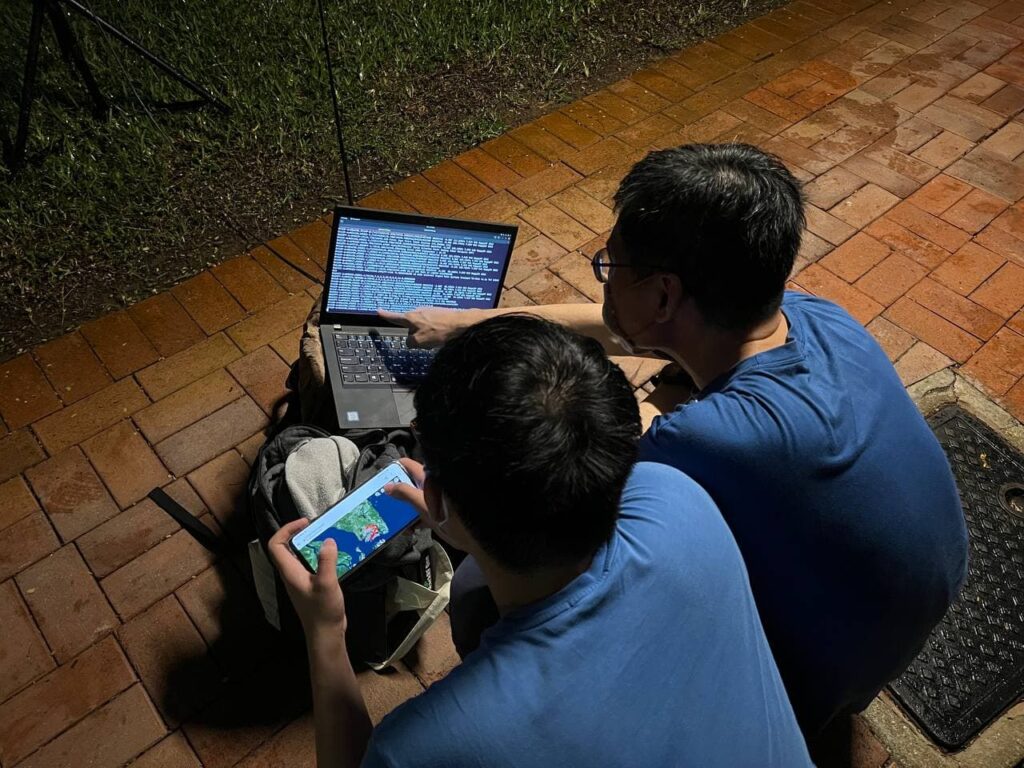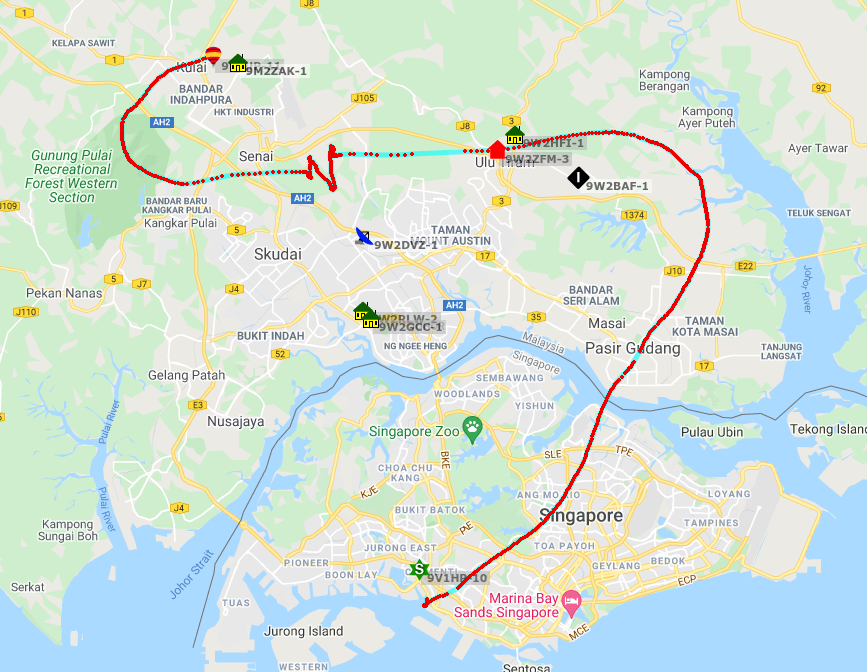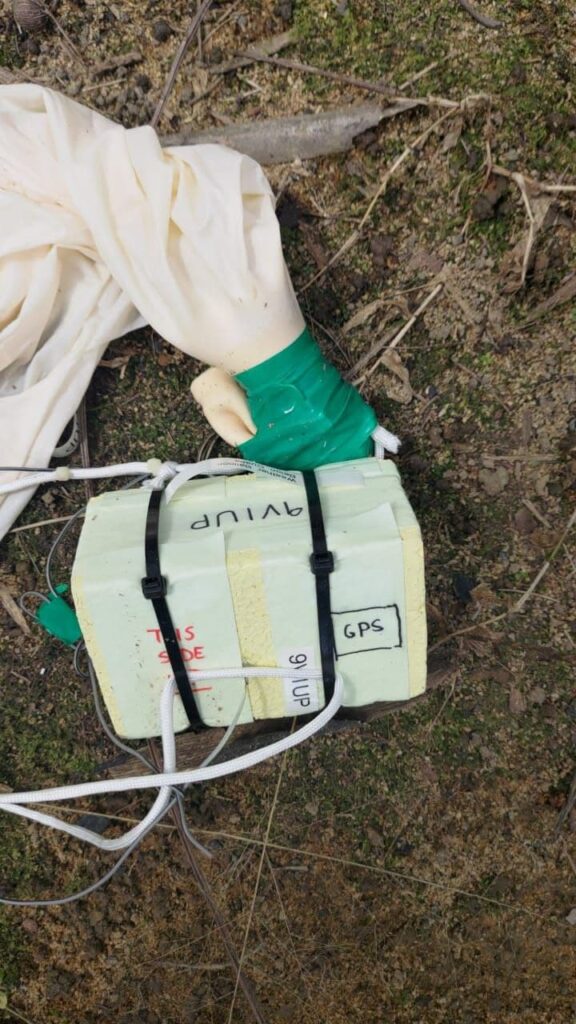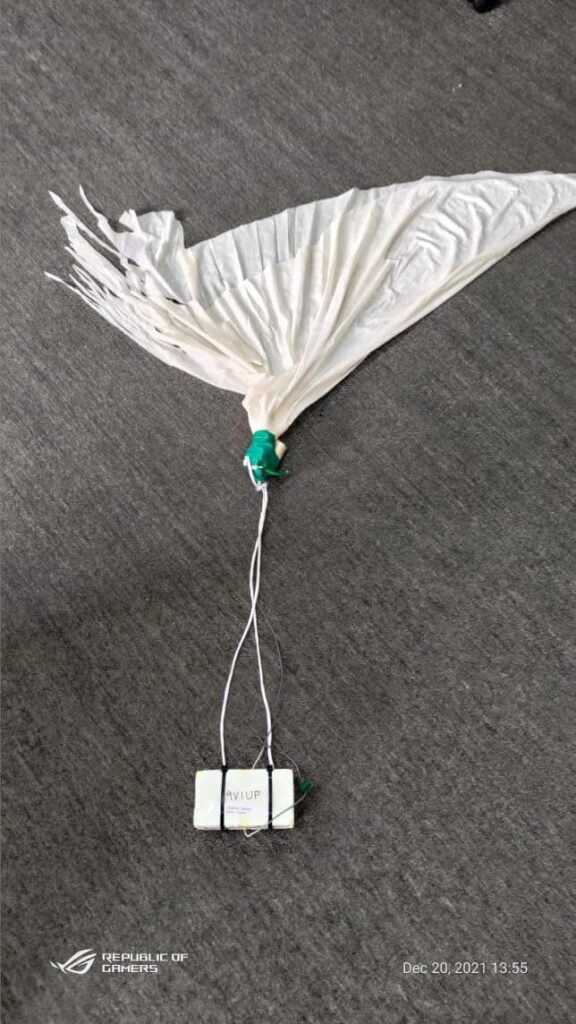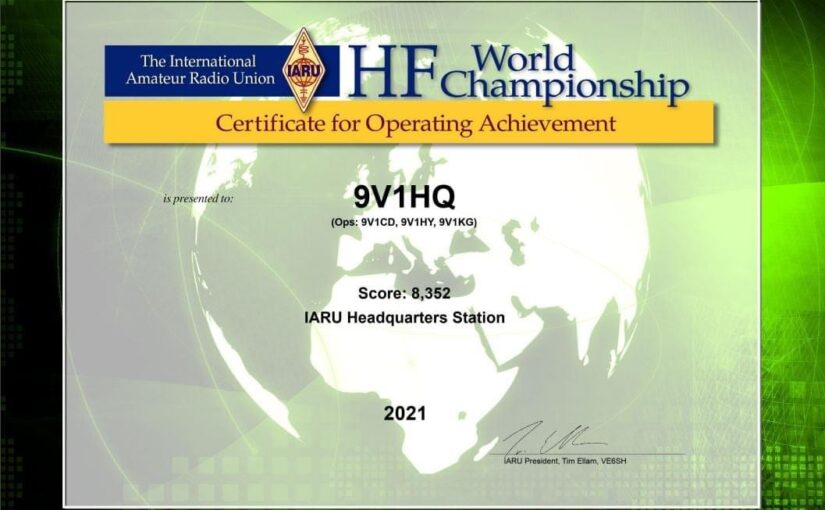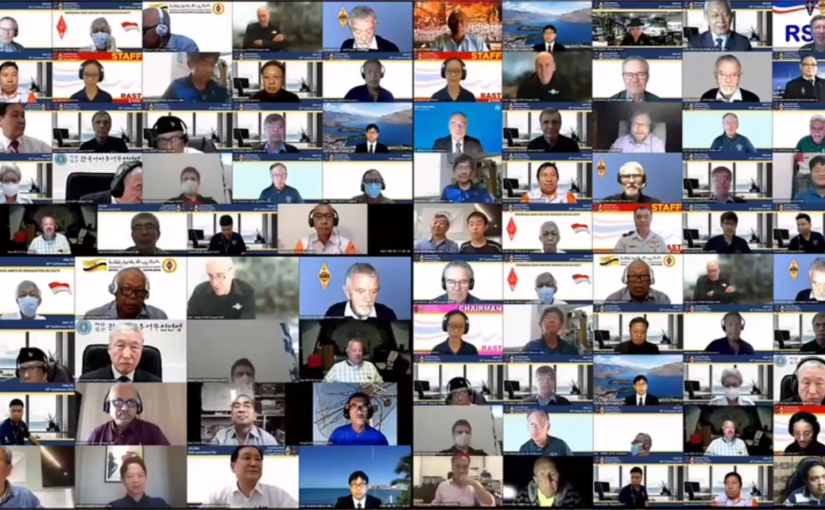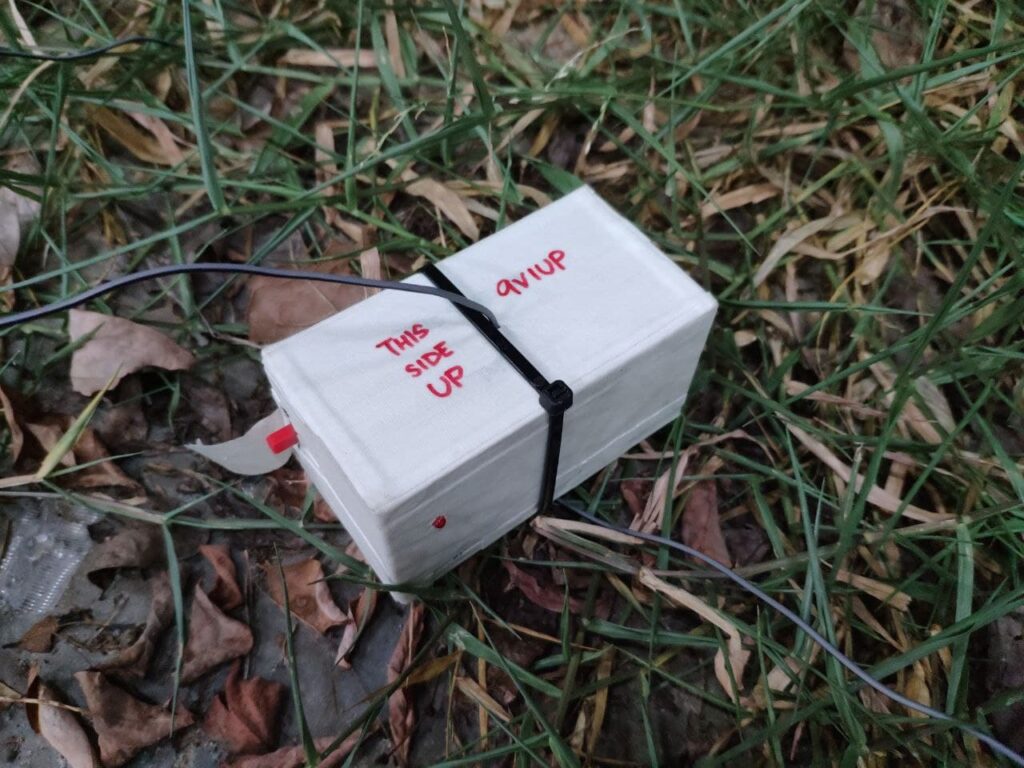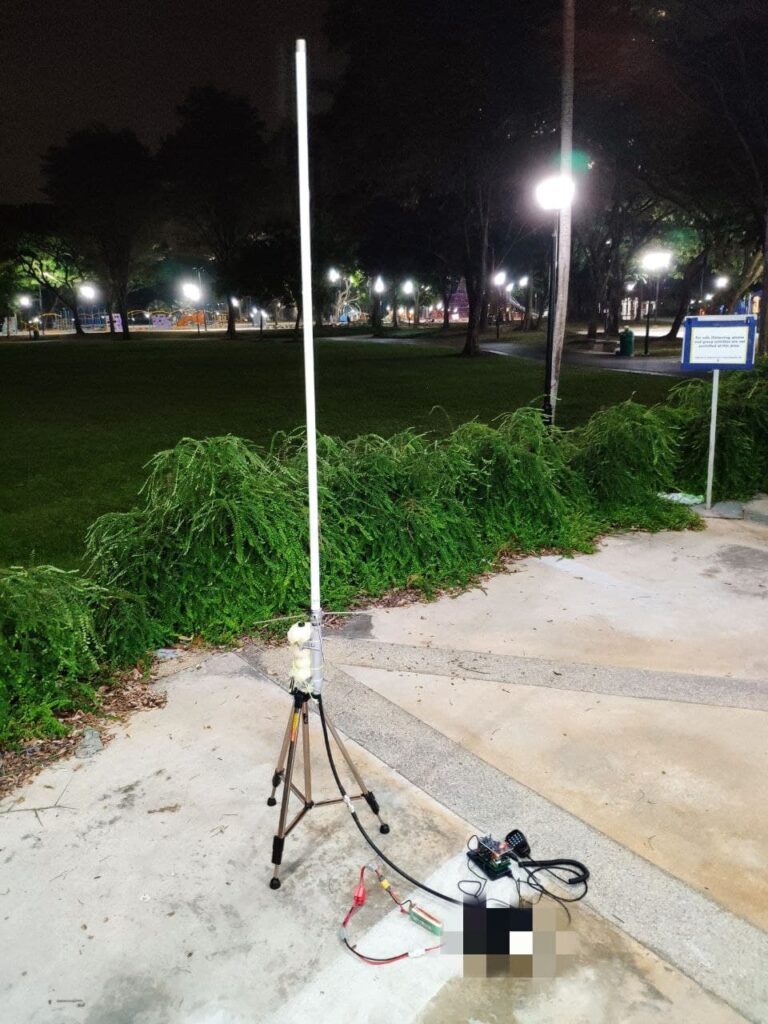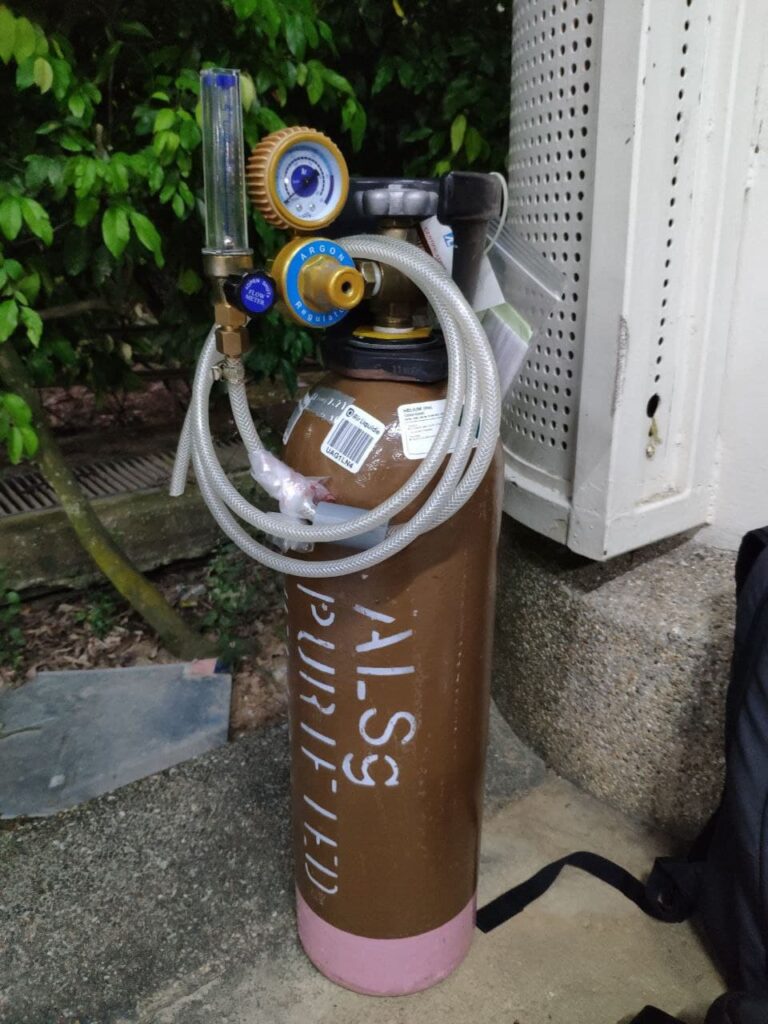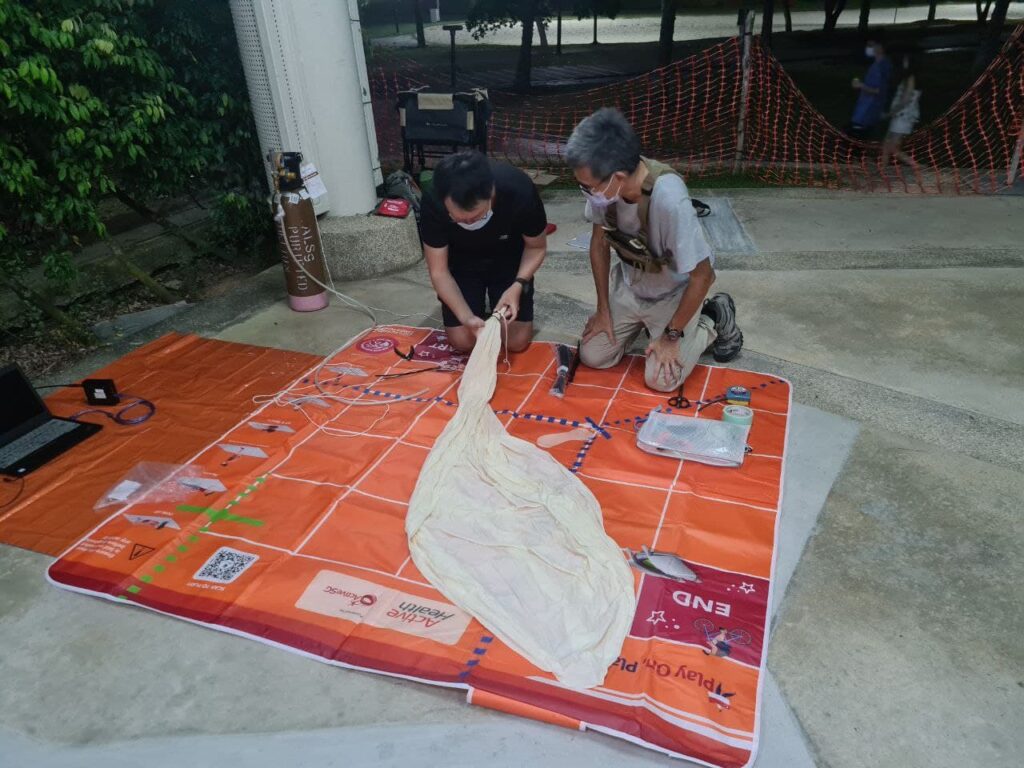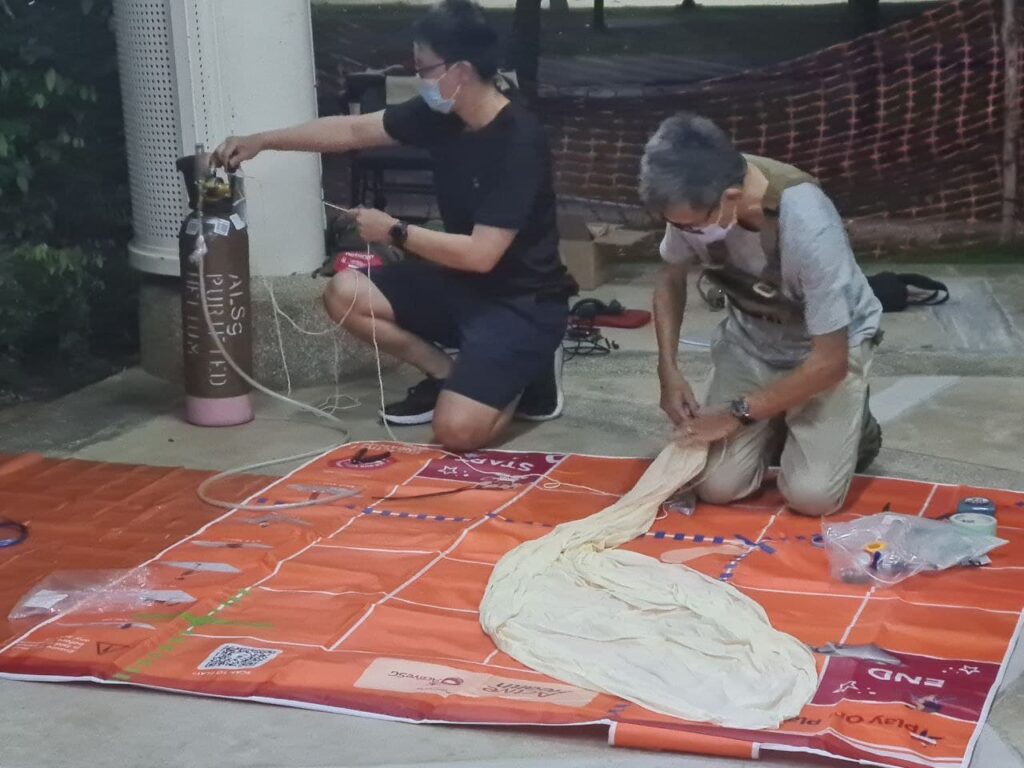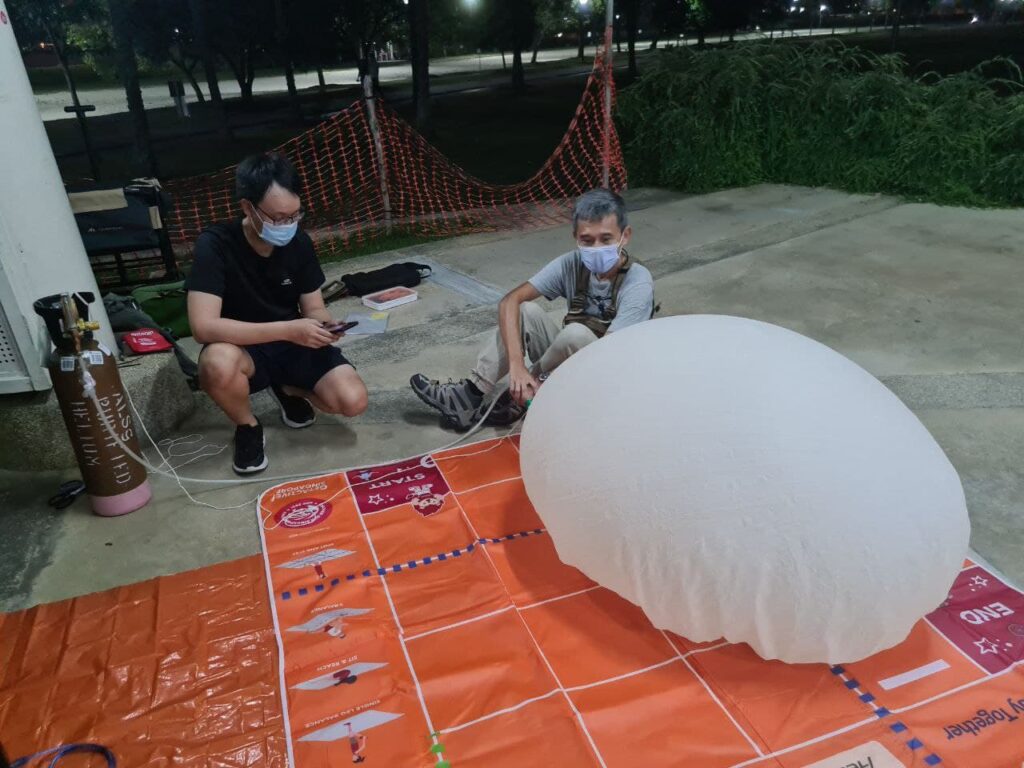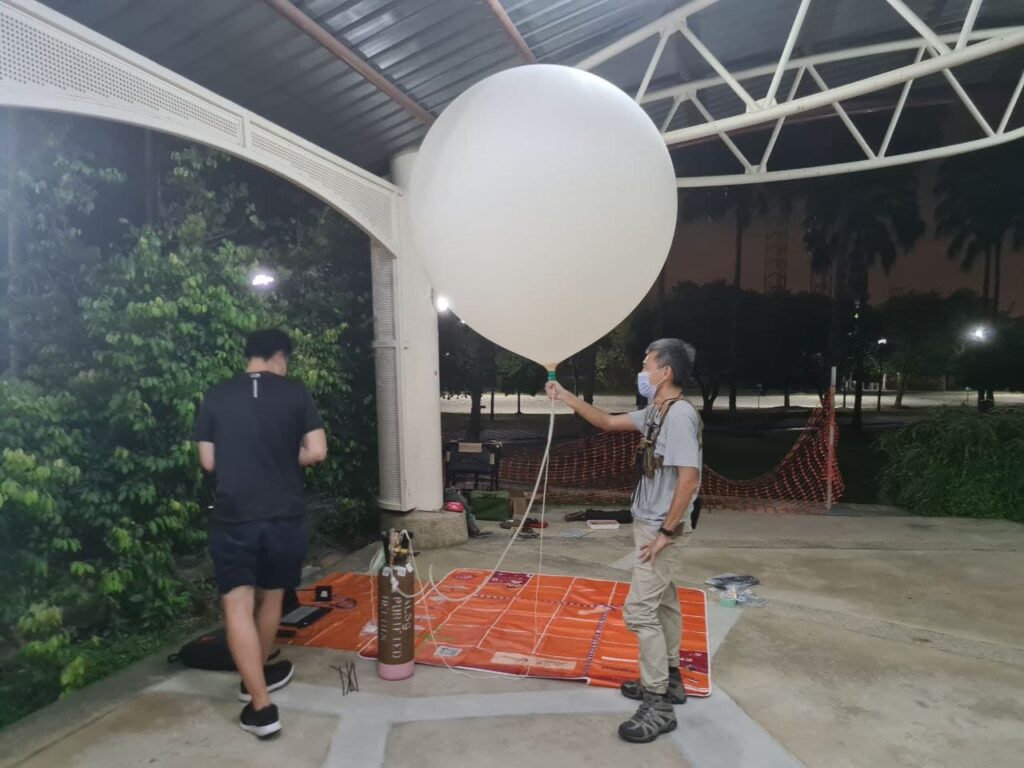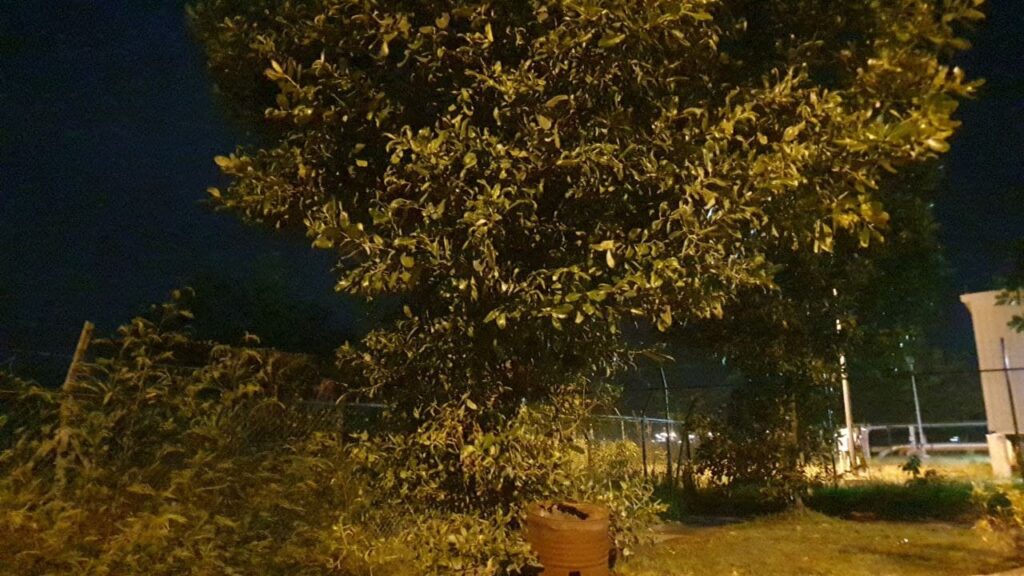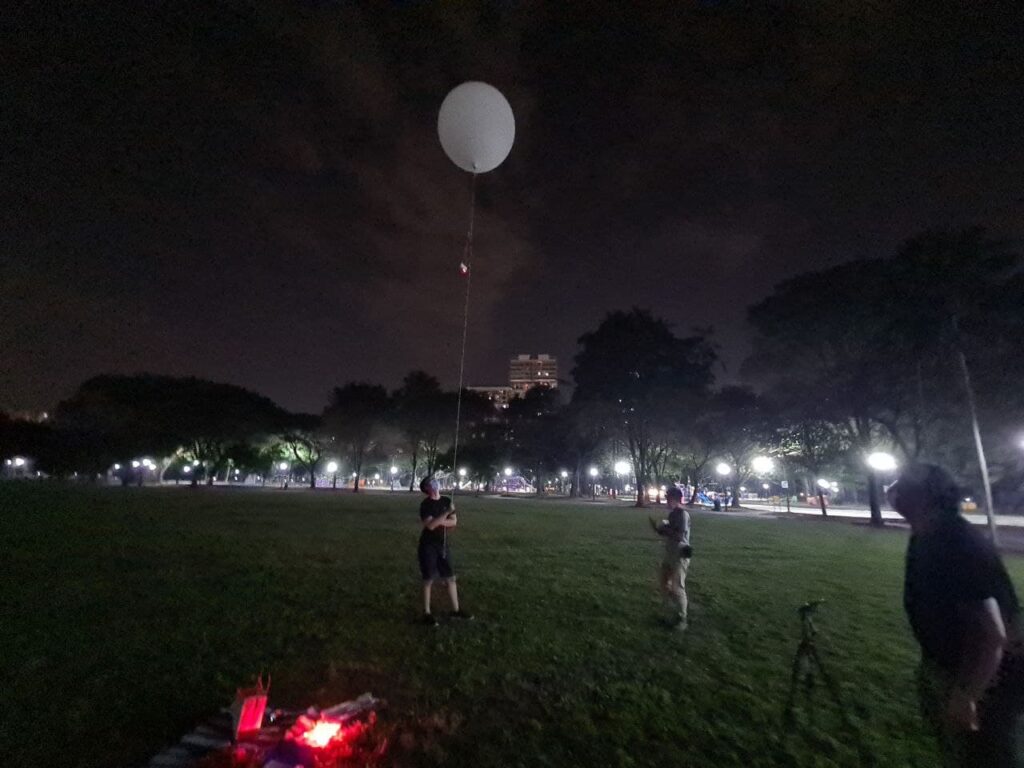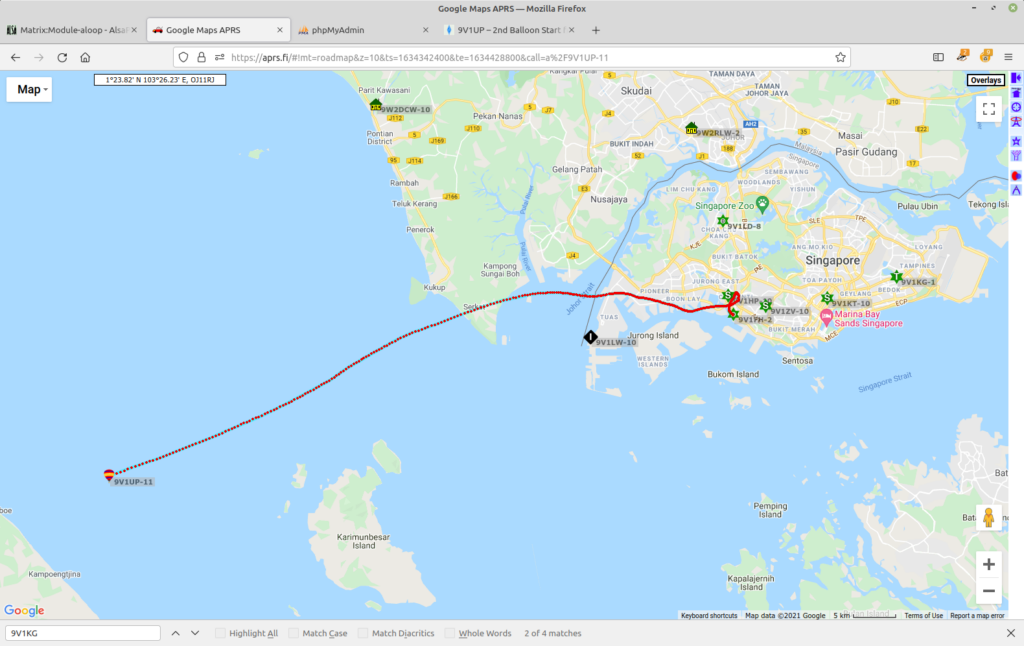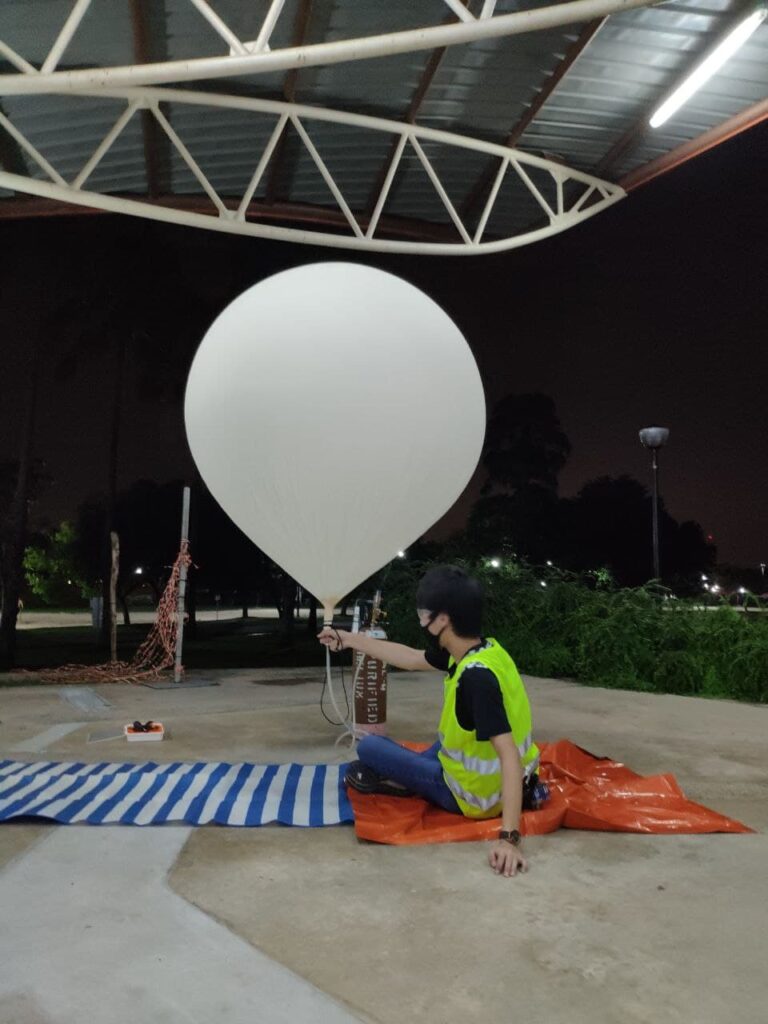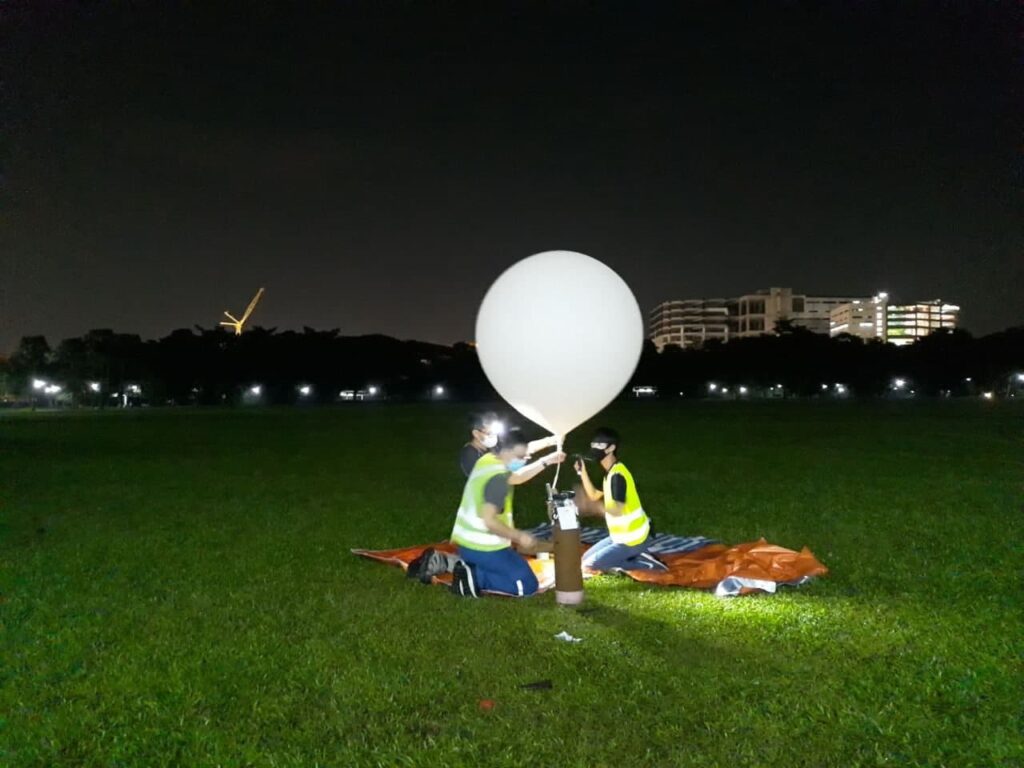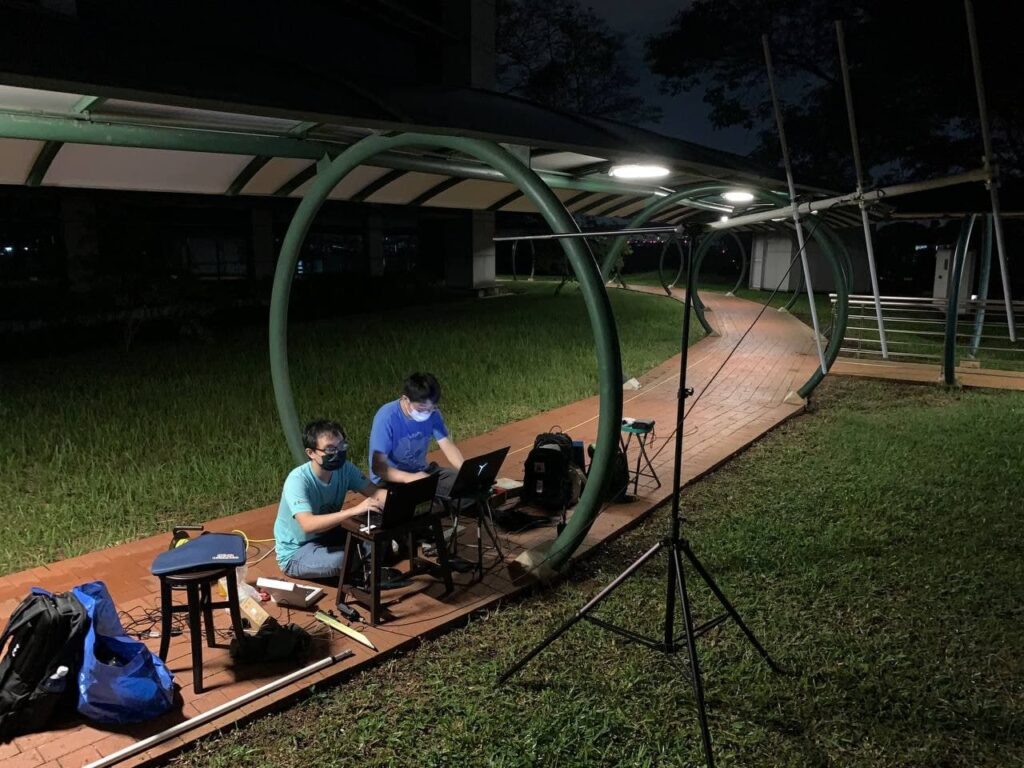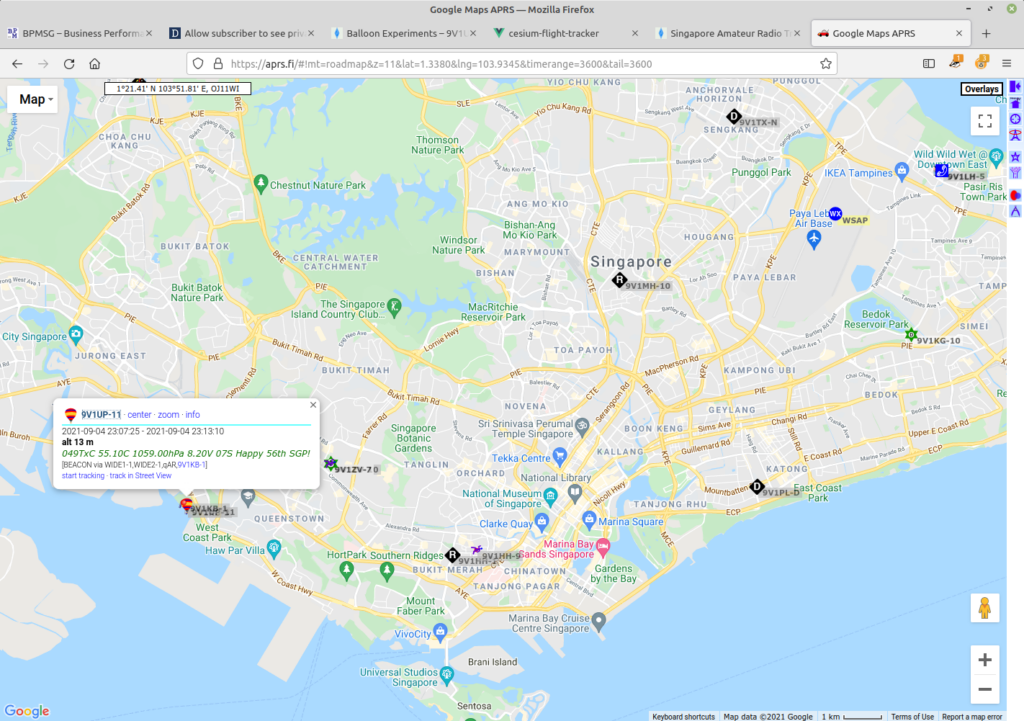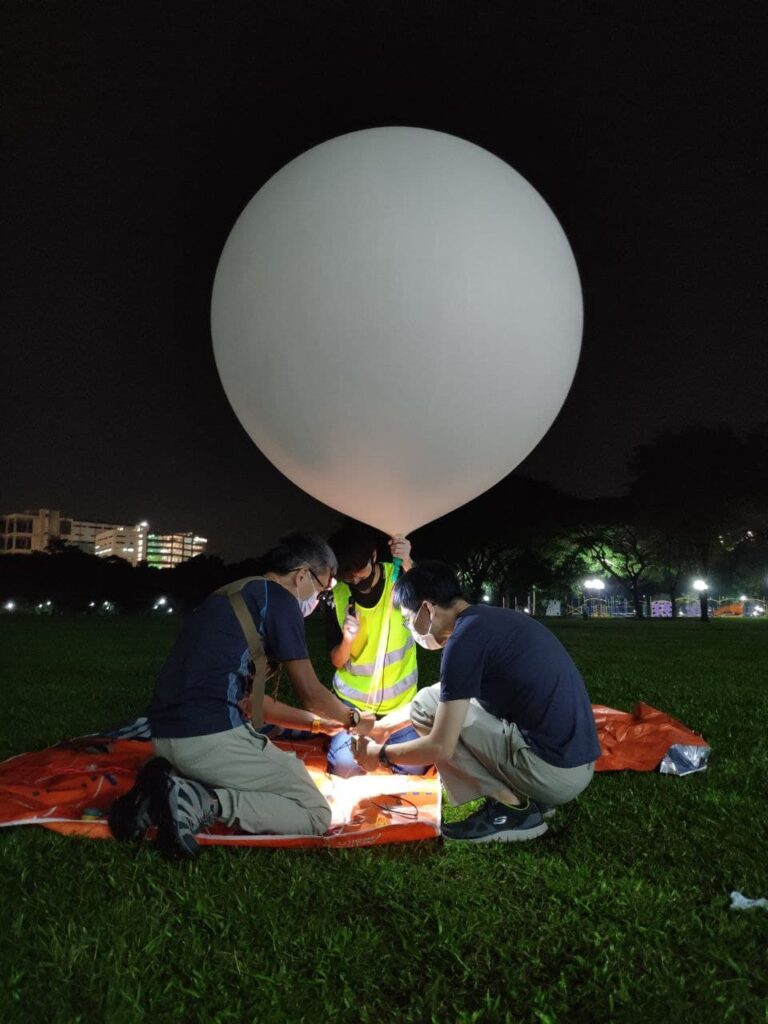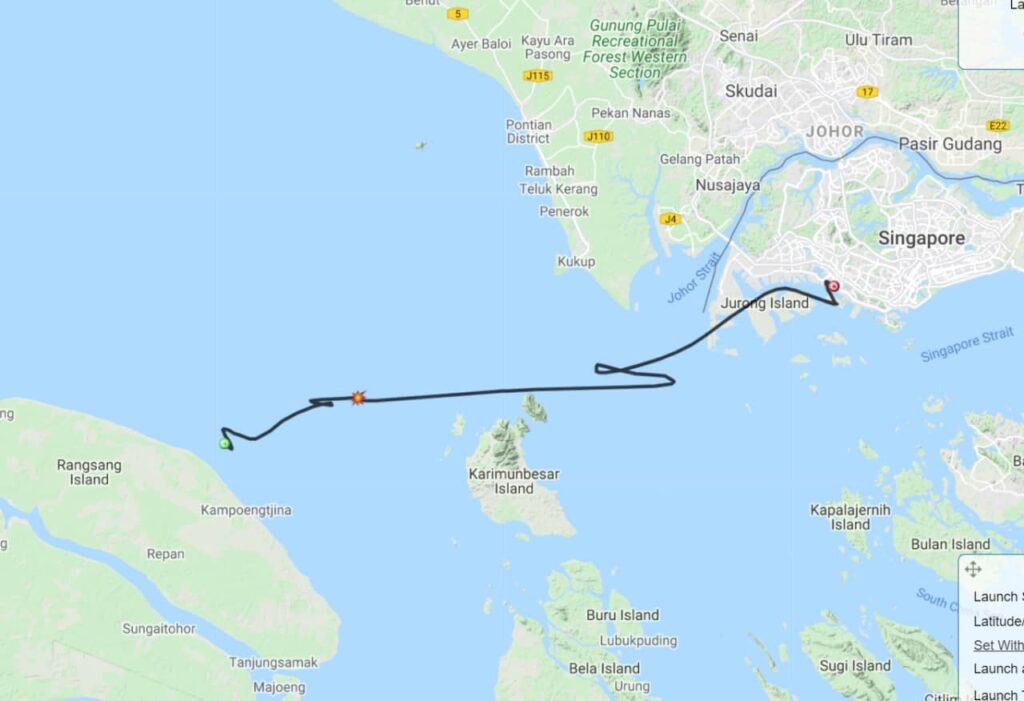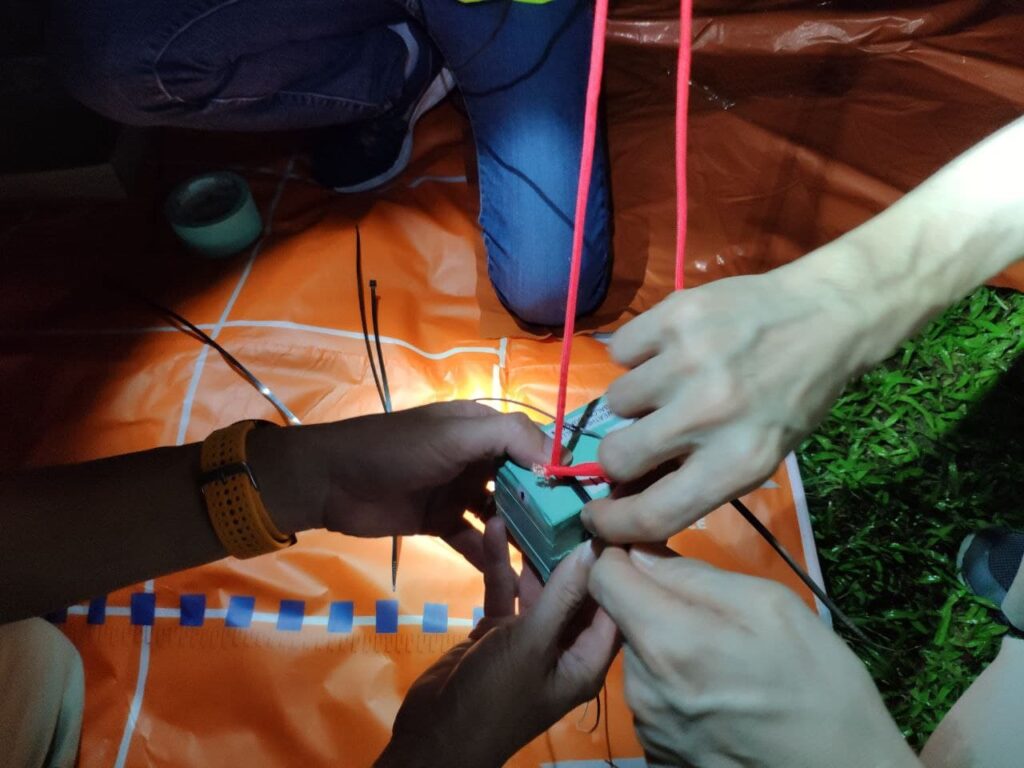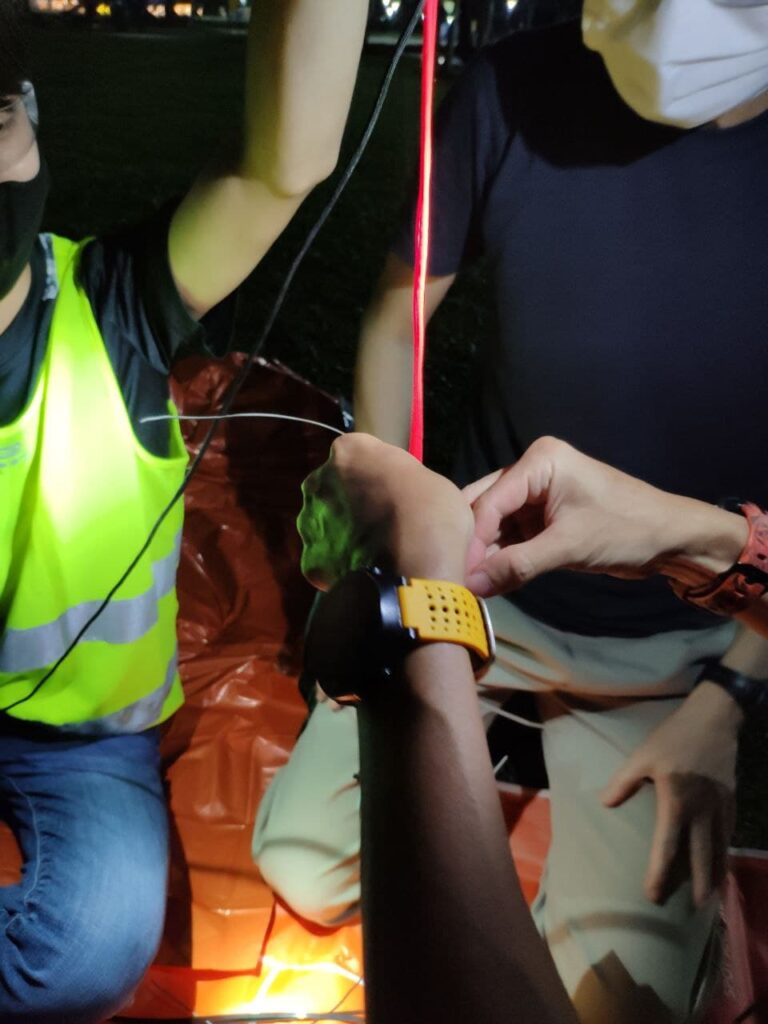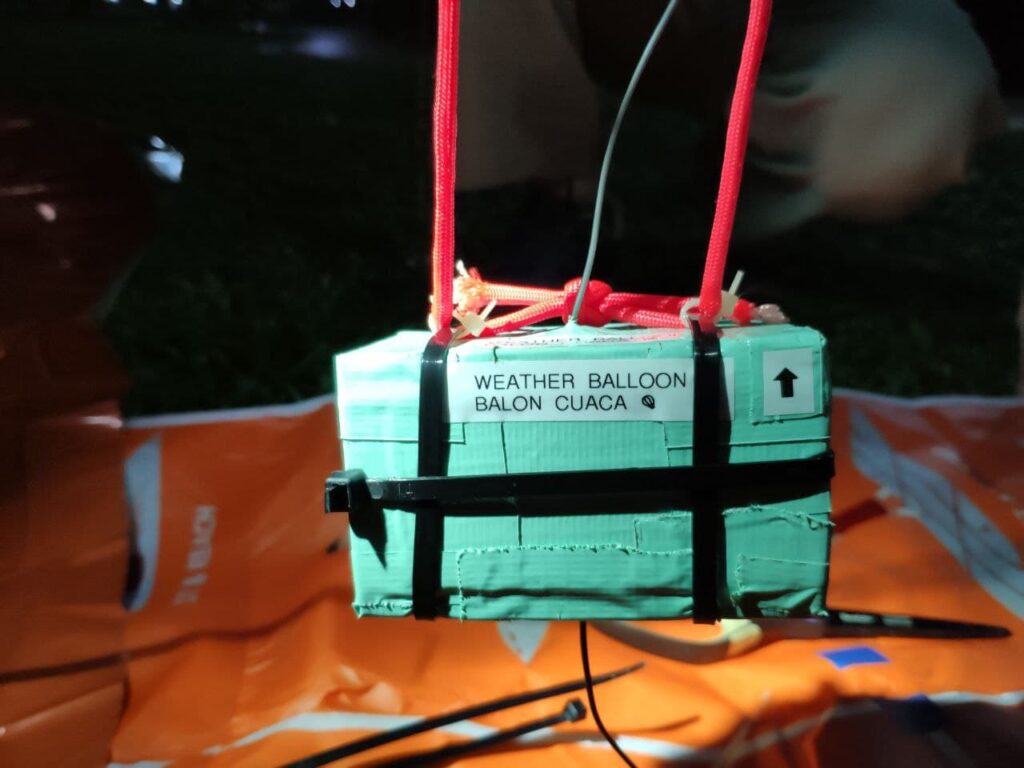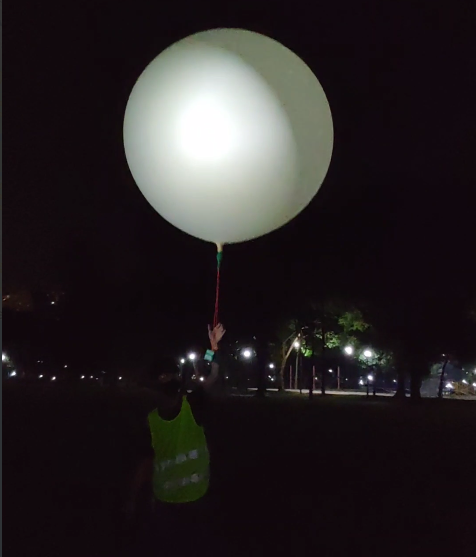From September 20 through 22 I attended (virtually) IARU Region 3‘s triennial conference. Only a few of the topics discussed were immediate concerns of Singapore amateurs, but as IMDA generally aligns its approach with that of administrations in neighbouring countries I’d suggest that it’s very much in our interest that concerns of our neighbouring hams are successfully addressed.
Key takeaways for Singapore amateurs
- New approach to HF band planning, particularly for digital modes This is probably the largest single shift since amateur radio began, and certainly in decades. If you’re interested in changes to band use in amateur HF bands, please read the proposals and discuss.
- Commercial pressure on VHF and above Telcos worldwide are pressing for any spectrum that they can get in the upper bands. Our recent 2 GHz and 3 GHz losses are not likely to be the last. It’s in our interests both to start making serious use of the upper bands, and to ensure that there are strong justifications for IMDA to prioritise our doing so.
- Recruiting younger hams Everyone is having difficulty with this, although this has been true to some extent for decades. Looking for ways to make amateur radio relevant to the people we’re trying to recruit would appear to be particularly important.
- Online exams RSGB has had an enormous surge of certificates issued because they were successful in getting consent to hold the RAE online. This might be worth pursuing in Singapore.
- Singapore amateurs and IARU R3 In dealing with IMDA it will help us to be presenting a position that is consistent with the situation in neighboring countries. IARU R3 is the best available way for us to do this. It’s therefore in our interests to involve ourselves in R3’s activities, both to improve their odds of success and to ensure that our specific needs are addressed. Our small size needn’t concern us in this as we have the same vote as each of the member societies. Hopefully we can send a substantial delegation to Thailand in 2024!
- Corporate structure This would not usually be a highlight, except that a serious proposal was put forward to make member societies — including SARTS — guarantors without limit of R3’s liabilities! Identifying and solving the underlying problem would appear to be in our interests.
- Strong ASEAN representation on the board Half of the six board seats are now occupied by representatives of ASEAN member societies.
My involvement
I was present not merely as an interested participant, but also as the formally appointed delegate of SARTS, meaning that I cast a vote on behalf of SARTS on the various documents adopted by the conference and on the appointment of officers, both of the board and of about a dozen operational roles.
I had initially suggested that we abstain on most/all votes as we are a new exec with little/no prior experience with IARU. Fortunately James, 9V1YC convinced me otherwise, pointing out that we have the same sized vote as member societies from countries hundreds of times our size, and that we should make it our business to cast our vote in a way which advances our interests and those of our fellow hams, particularly in neighbouring countries. Doing so led to a strong engagement with people from multiple member societies.
The conference
The conference was broadly comparable to other technical conferences that I’ve attended, with the rather obvious difference that videoconferencing systems (Zoom in this case) are designed for meetings with a single thread of communication. At most conferences, while the items of most importance to the entire group will appear on the agenda, the informal discussions that happen — often at random — in hallways, lounges, cafes, bars, restaurants, and transport between those places tend to be far more important to individual participants and the organisations that they represent. I felt the absence of that sort of contact very keenly, particularly because this is a community of people that I don’t already know well. Other conferences that I’ve participated in virtually since covid began have tended to be with communities that I already know well, so this absence was not so acute.
One thing that did strike me was that the level of preparation and experience appeared lower than for other technical conferences that I’ve attended. In particular:
- Almost all presenters (apart from the event organisers and the HF digital modes guys) merely displayed their Word documents on screen while they were speaking, and quite a few simply read out the document that they were displaying.
- Most of the proposals put forward were incomplete, including two constitutional changes, and most of them had not been the subject of wide (or any) consultation prior to the conference. Some careful work in the working groups meant that some of these proposals could be rescued, but most had to be deferred.
I don’t mean to suggest that this is objectionable — it’s a hobby after all! — and it’s beyond our reach to improve this much, but I’d suggest that future Singapore delegations engage with our neighbours at least a year in advance to ensure that any proposals have been the subject of reasonably wide consultation and are sufficiently complete that they can in principle be adopted as-is.
James has subsequently expressed to me the hope that at the 2024 conference in Thailand SARTS will be able to send a substantial delegation to broaden our engagement with our fellow hams even more than I was able to do this time around. I would strongly encourage this.
Member society updates
The first day of the conference was largely member societies giving updates on what they’ve been up to and what their current concerns are. The range of items was large, but several themes came up repeatedly:
- Difficulty recruiting younger hams I suspect that this problem is almost as old as amateur radio (cue ’80s ham radio magazine editorials…) but the sensible approaches differ from generation to generation. The ARRL representative who was present commented that the colourful QSL cards from distant places that were once a major draw for new hams are now scarcely of interest, so he’s stopped showing them. That SARTS is growing — and in large part doing so through recruiting younger hams — is unusual.
- Commercial pressure on VHF and above The pressure arises primarily from telcos and has recently been in Singapore with the loss of half of 2.3-2.4 GHz and all of 3.3-3.5 GHz. This pressure is only going to become more intense. The potential use of Licensed Shared Access schemes was mentioned as a two-edged sword in that it could be used both to expand amateur access to spectrum and to shrink it. There was some recognition that a unified region-wide position would probably improve outcomes in dealing with regulators, but no concrete steps were taken in this direction.
- Covid The pandemic has generally impacted amateur radio negatively because it has reduced the “eyeball QSO” activities that most amateur communities engage in. Unusually, RSGB reported having gained approval to run the RAE online (with monitoring software) and has therefore had a surge of new certificates over the last 18 months! This might be something for SARTS to consider.
Band planning
I volunteered to chair this working group as it seemed like a useful thing to do. It turned out to be one of the more interesting parts of the conference! Despite a very involved discussion about a new approach to HF digital modes (see separate section below), we were able to review the documents that the conference asked us to review with only a little overrun. This working group included a staggering 82 people. I suspect that this was because of the online-only nature of the conference and the fact that the scheduling was sequential (i.e. there were no parallel sessions). For better or worse, most people present were only observing.
- Monitoring systems reports Reports on the Monitoring System and Beacon Monitoring System were noted as-is.
- Band plan adoption The band plan adopted on an interim basis by the directors in 2019 was formally adopted.
- VHF/UHF recommendations The Band Plan Committee’s recommendations to the conference on 2 m and 70 cm were adopted; specifically that the 25 kHz modulation bandwidth limitation be removed on 146-148 MHz and 435-440 MHz in order to facilitate experimentation with broader band modes. This has no direct bearing on Singapore amateurs, however it points to one of the areas that I’d suggest is important for the continued existence of amateur radio: getting beyond narrow band modes whose relevance is disappearing in a world with mobile broadband Internet access.
- 40m recommendations The Band Plan Committee’s recommendations on 40m (same document as above) were not adopted, for two reasons. First that unifying the sub-band allocation would require that JARL move their domestic FT8 frequency to somewhere in the 7030-7040 kHz range, which did not happen prior to the conference, and second that the new proposal on HF digital modes (see below) will require a substantial change to the plan, which should ideally be done at the same time.
- Split at 30 MHz To date, each IARU region has had a single Band Planning Committee. As the other regions have apparently already done, R3 agreed to split it into two committees, one handling below 30 MHz — chaired by Grant Willis VK5GR who put forward the HF digital modes proposals — and one handling above 30 MHz — chaired by Sion Chow Q. C. 9M2CQC who was previously chairing the single committee. The reason for doing this is that the concerns, propagation, techniques, equipment, and commercial pressures tend to differ quite sharply between frequencies which can be propagated via the ionosphere and those which can only be propagated locally, which happens somewhere around the 30 MHz mark. Each member society will be invited to refresh their existing band planning committee appointment, either one representative to both committees, or one representative to each.
New approach to HF digital modes
The most substantial documents reviewed by the working group, and perhaps the most interesting part of the entire conference, was a proposed shift in approach to band planning for HF digital modes. The key innovation is to shift away from allocating yet another spot frequency or centre of activity for each new mode as it appears but, instead, to allocate sub-bands for each of three distinct methods of co-existence:
- operator-controlled (e.g. RTTY, PSK31);
- clock-based (e.g. most of the JT modes); and
- unattended with error detection and retry (e.g. AX.25 packet).
The shift in approach is so substantial that the two documents (one for a new band planning tool set, the other for specific band plan changes (presentation)) were not accepted, nor even fully reviewed by the conference. Instead the conference directed the Secretary to start a consultation with the entire R3 amateur community. The authors acknowledged that it was a little premature to adopt the change at present anyway, but that as the R3 Conference was the first opportunity to air the approach with a broader amateur community they submitted their documents in that spirit. Expect that R3 will initiate a formal consultation in the near future, but in the mean time I’d encourage any Singapore amateur interested in HF band planning — particularly for digital modes — to review both documents and discuss them.
Constitutional changes
Two proposals were put forward, neither in a form that could be adopted as is, so both were referred to the incoming board for action towards adoption in 2024:
- Switching from a board to an executive Other regions have apparently already done this. Unfortunately the proposal was missing most of the necessary detail so was referred to the board.
- Updating references to outdated communication technologies This proposal was to formally permit the conference to be virtual and delegate appointment and balloting to be electronic rather than on paper. The proponents felt that they were unable to provide a sufficiently detailed proposal so specifically asked that it be referred to the board.
Finance
This was just as tedious as finance should be, with the exception of a proposal that the directors be able to unilaterally raise subscriptions as required to deal with urgent, unforeseen costs. This struck me as somewhat alarming, as:
- the current structure assumes that the member societies decide (through the conference) how much of the member societies’ money the directors can spend; while
- the proposal was that the directors will decide how much of the member societies’ money they can spend, at least for urgent, unforeseen expenditures.
One other representative also expressed concern about this, at which point the proposal was promptly amended to limit the discretion to a 10% increase. At this point it was explained that that was the same figure agreed at the previous R3 conference and that this was really just continuing an arrangement that had already been established at that conference. That these facts hadn’t been mentioned when the proposal was put forward struck me as disingenuous, but more broadly, I’m concerned that there’s a shift towards making the member societies little more than chapters of the IARU, and to do so by poorly-described and poorly-understood proposals at conferences without prior consultation. I am left to wonder whether, if this had not been slowed, a corresponding proposal at the next conference might have dropped the “urgent, unforeseen” qualifier.
Another rationale put forward was that as R3 is not incorporated (yes, really!), so the directors are operating with unlimited liability and were therefore looking for ways to protect themselves. While that’s perfectly understandable, I’d suggest that turning the member societies into guarantors subject to unlimited liability is a terrible way to do it. A rather more obvious approach would be to incorporate it, either:
- in Japan, where the largest body of R3 amateurs live; or
- potentially in Singapore, where cross-border trade arrangements and payment systems are amongst the most open in the world (relevant because some member societies were having to resort to paying their subscriptions to a trusted person in another jurisdiction via PayPal who would in turn pay R3 via bank transfer, because of capital movement controls).
(I acknowledge that I’m not volunteering to drive a transition to incorporation.)
Elections
Three of the six director positions were secured by ASEAN member societies:
- YD1PRY for ORARI
- HS1FVL for RAST
- 9M2IR for MARTS
Volunteers were appointed to about a dozen operational roles, although I can’t locate the list. Two were of course the band planning committee chairs mentioned above.
Conclusion
Like most conferences, there was a lot of tedious detail, but these discussions also shape the future of our hobby. I’ve only described the more interesting items above, there was quite a bit more to the conference. I’d encourage Singapore amateurs — SARTS members or not — to have a look at the conference schedule, read up on items that are of interest, and think about how to progress them. If you’d like help on how to engage then please feel free to ask!
